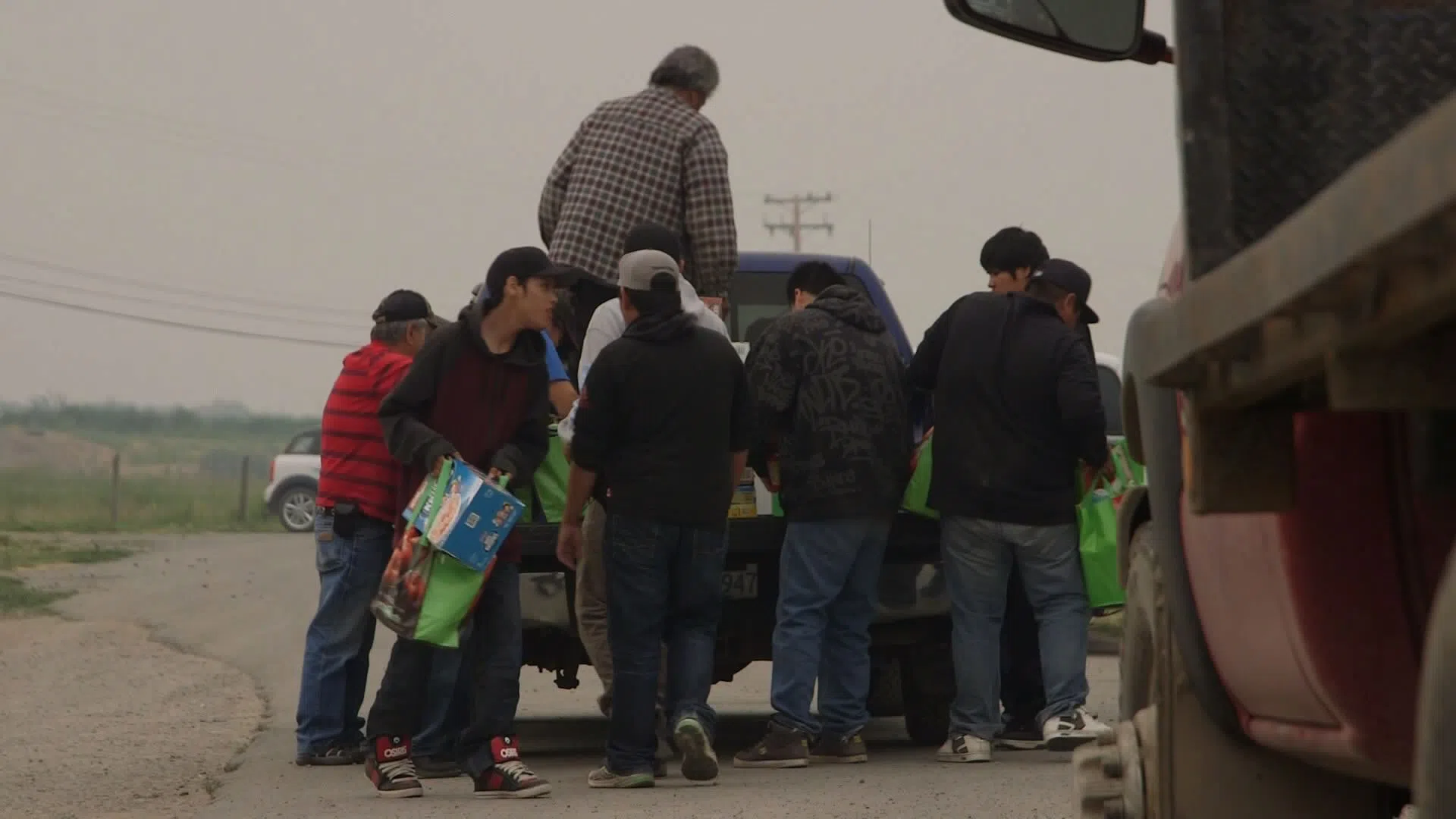
First Nations evade evacuation orders, fight fires as weather conditions improve
ALEXIS CREEK, B.C. — Emergency officials and police are urging British Columbia residents to respect evacuation orders ahead of fast-moving wildfires, but some First Nations are standing their ground, successfully protecting their homes and property.
The chief of the Tl’etinqox First Nation said RCMP officers told them to leave or risk having their children taken away, instead they erected a fire boundary and prepared to fight.
“We are generation after generation that continue to live in a fire zone. This is not new to us,” said Chief Joe Alphonse, whose community is about 100 kilometres west of Williams Lake. “We feel this is the safest place for our community members to be.”
There are about 1,000 residents on the reserve, but Alphonse said only about 300 stayed to fight the fires.


